Tapping into 220V line
criticalmass048
13 years ago
Featured Answer
Comments (34)
wayne440
13 years agorandy427
13 years agoRelated Professionals
Goodlettsville General Contractors · Buena Park General Contractors · Country Club Hills General Contractors · Fort Salonga General Contractors · Midlothian General Contractors · Mount Holly General Contractors · Parsons General Contractors · Roselle General Contractors · University City General Contractors · Wolf Trap Handyman · Laguna Woods Solar Energy Systems · Manhattan Beach Home Automation & Home Media · Pine Hills Home Automation & Home Media · Pittsburgh Home Automation & Home Media · Rosenberg Home Automation & Home Mediamike_kaiser_gw
13 years agojoed
13 years agobrickeyee
13 years agowayne440
13 years agopharkus
13 years agohendricus
13 years agoav8r
13 years agoRon Natalie
13 years agopharkus
13 years agobrickeyee
13 years agoDavidR
13 years agosmithy123
13 years agoDavidR
13 years agocriticalmass048
13 years agoontariojer
13 years agocriticalmass048
13 years agoontariojer
13 years agosmithy123
13 years agobernise6
13 years agoRon Natalie
13 years agosmithy123
13 years agoPhilip Labe
13 years agopharkus
13 years agoDavidR
13 years agoabnorm
13 years agosmithy123
13 years agopetey_racer
13 years agopharkus
13 years agoabnorm
13 years agobrickeyee
13 years agoDavidR
13 years ago
Related Stories
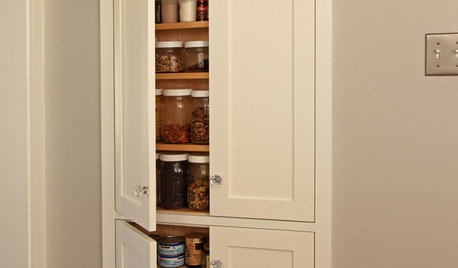
STORAGETap Into Stud Space for More Wall Storage
It’s recess time. Look to hidden wall space to build a nook that’s both practical and appealing to the eye
Full Story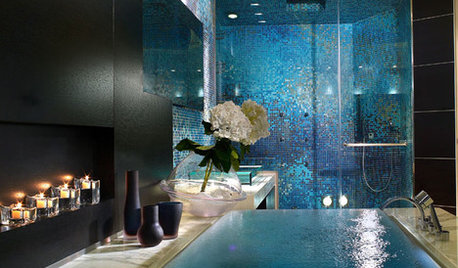
COLORColor Magic: Tap Into Psychology to Better Use Blue at Home
OK, it's backed more by science than magic. But see how expert research can help you create powerful, even bewitching, interior effects
Full Story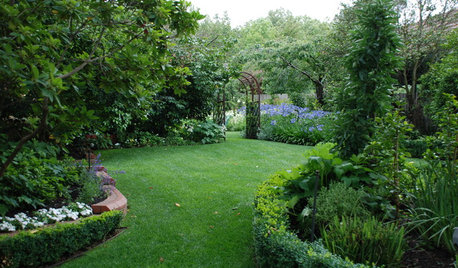
LANDSCAPE DESIGNHow to Tap the Potential of a Big Side Yard
The expanse is a chance to design something that's grand yet inviting and in tune with the home
Full Story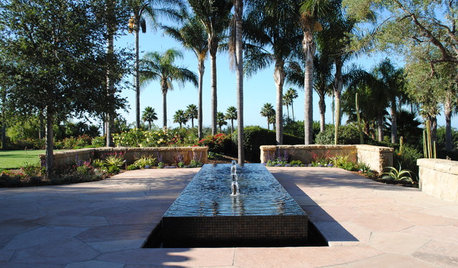
GARDENING AND LANDSCAPINGGardens Tap Into Rill Water Features
Rooted in ancient design, this water feature is popular again as a way to help contemporary landscapes flow
Full Story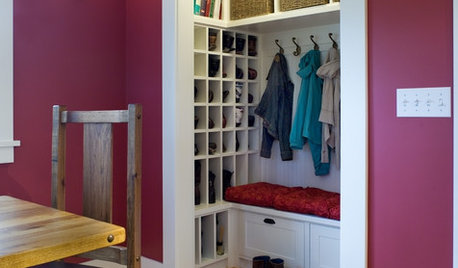
THE HARDWORKING HOMEHow to Tap Your Hall Closet’s Storage Potential
The Hardworking Home: Check out these design ideas for every space and budget
Full Story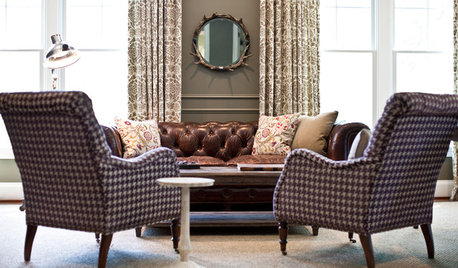
DECORATING STYLES8 Ways to Tap Into English Gent Style
As crisp as the click of a walking stick, British gentleman's style can give any home a more dapper look
Full Story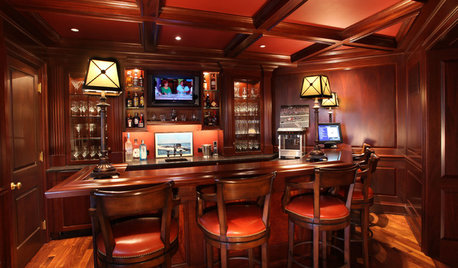
ENTERTAININGHome Bars Tap Into Guy-Friendly Style
Belly up to rich wood, sports memorabilia and plenty of beer — pub spaces are letting guys run wild without leaving home
Full Story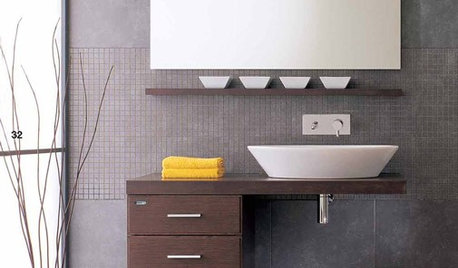
BATHROOM DESIGNBathroom Details: Show Off Your Sink Line
You heard right. Exposed sink traps have gone stylish, with more materials and matching fittings than ever
Full Story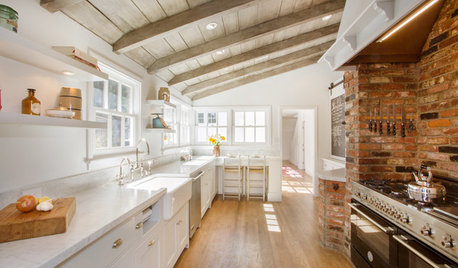
KITCHEN DESIGNKitchen of the Week: Brick, Wood and Clean White Lines
A family kitchen retains its original brick but adds an eat-in area and bright new cabinets
Full Story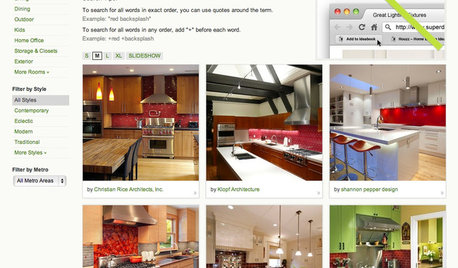
INSIDE HOUZZ9 Power-User Tricks to Get More From Houzz
Search faster and better, tap into design guides, manage your ideabooks and see photos on your flat-screen TV
Full StoryMore Discussions









criticalmass048Original Author